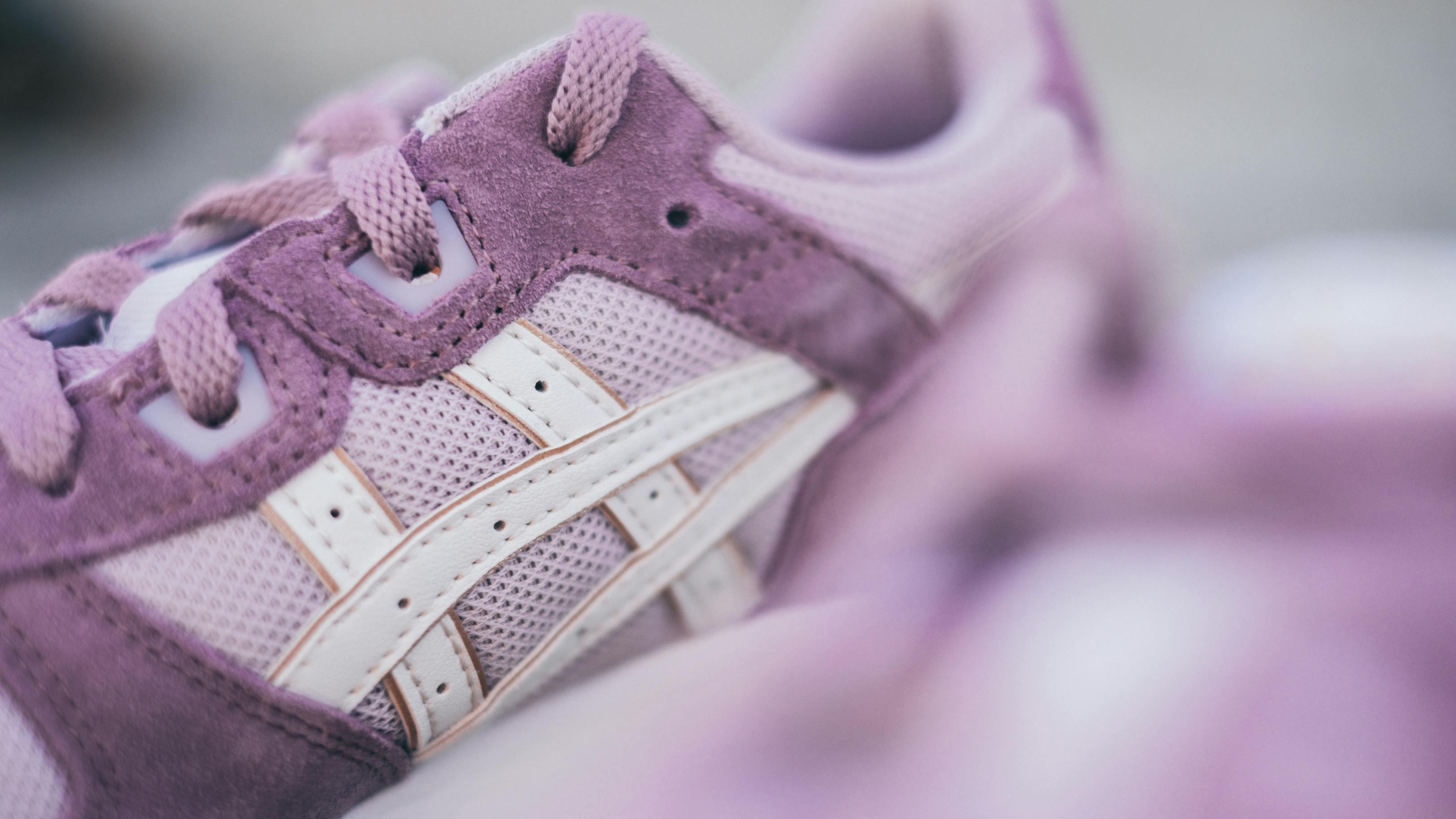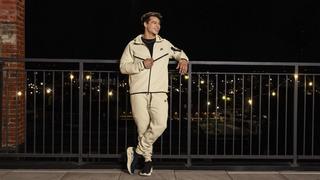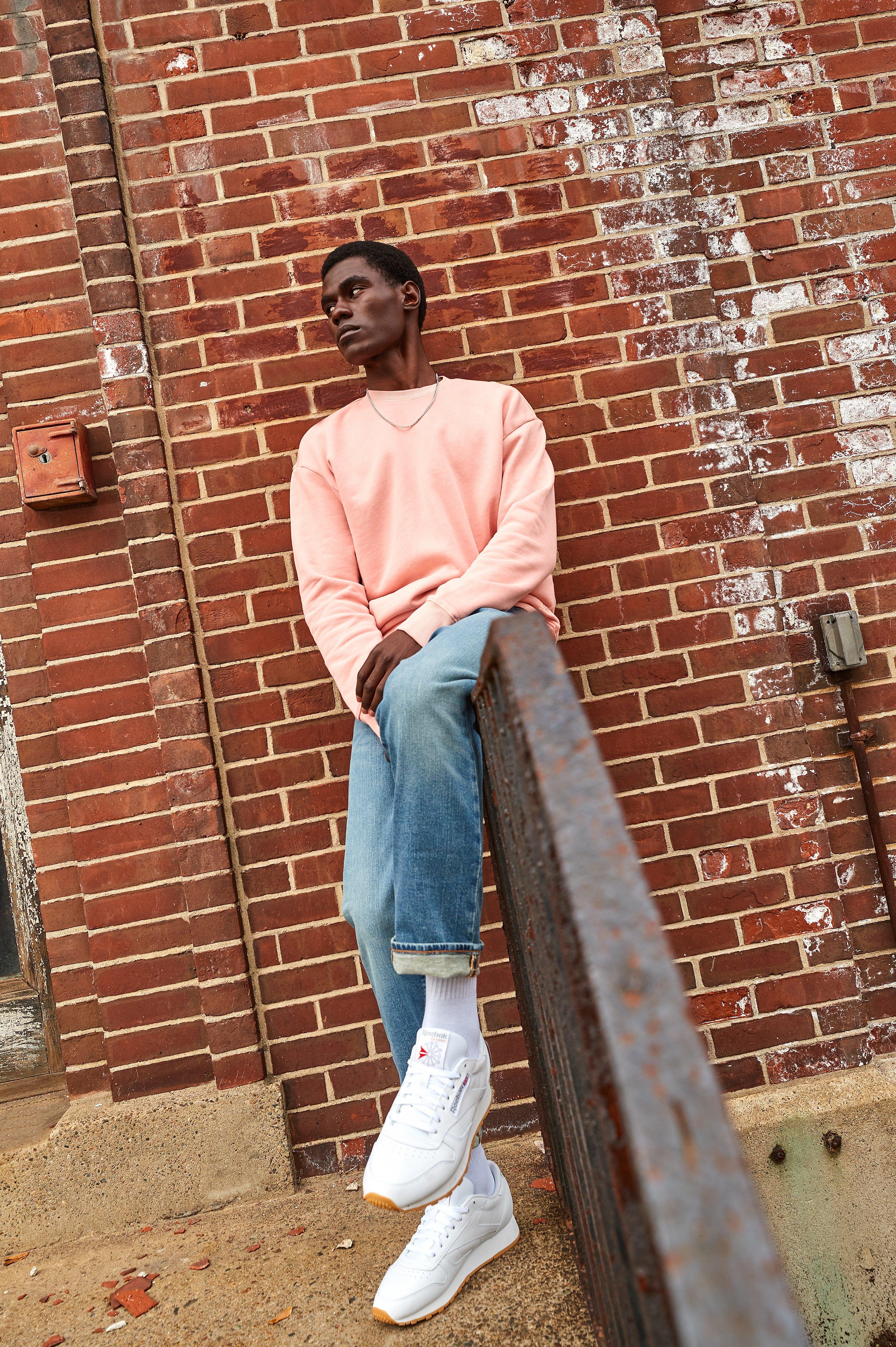If you’re a dedicated sneakerhead, you want to keep up with the trending sneaker styles, along with different lacing shoes techniques. We’re here to help with step-by-step guidance on cool shoe lacing methods you might not have tried yet. Some of the below lacing techniques can even accommodate foot issues. Whether you’re tying Air Force 1s, Converse, Vans or Jordan 1 kicks, read on about these shoe lacing methods and the benefits of each style.

Dec 15, 2025
Surprise someone you love this season with the perfect adidas gift, from sneakers to apparel, blending style, comfort, and must-have appeal.
Read More













































